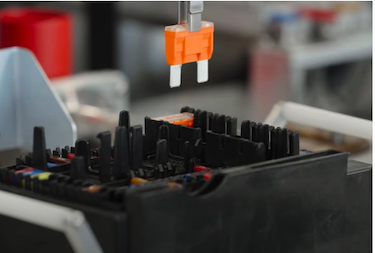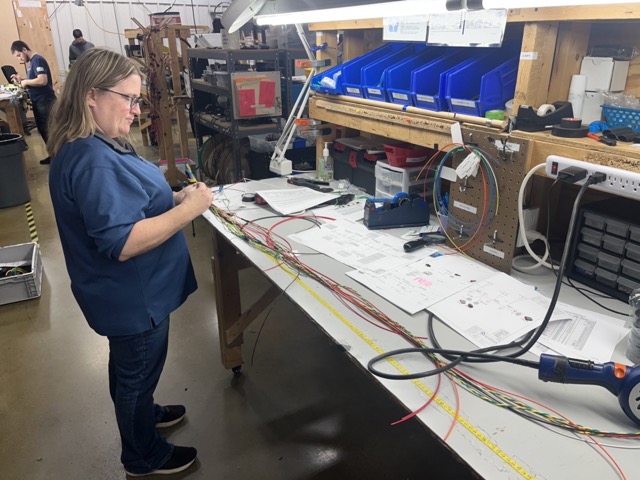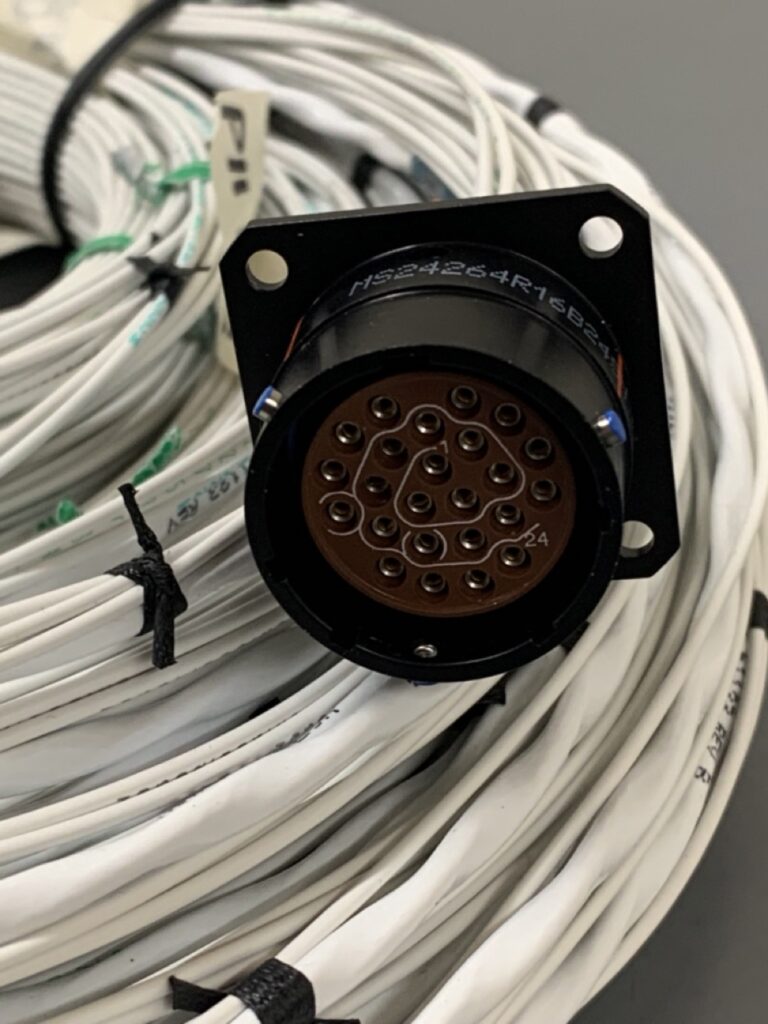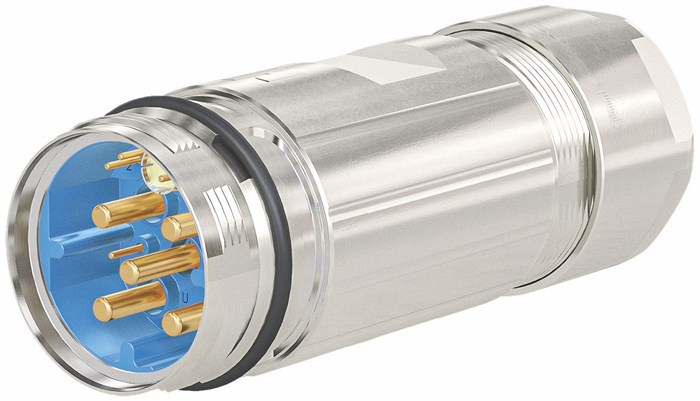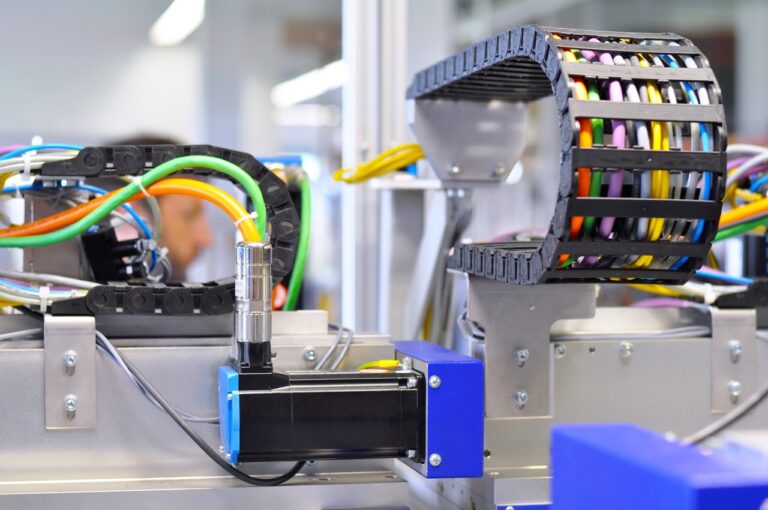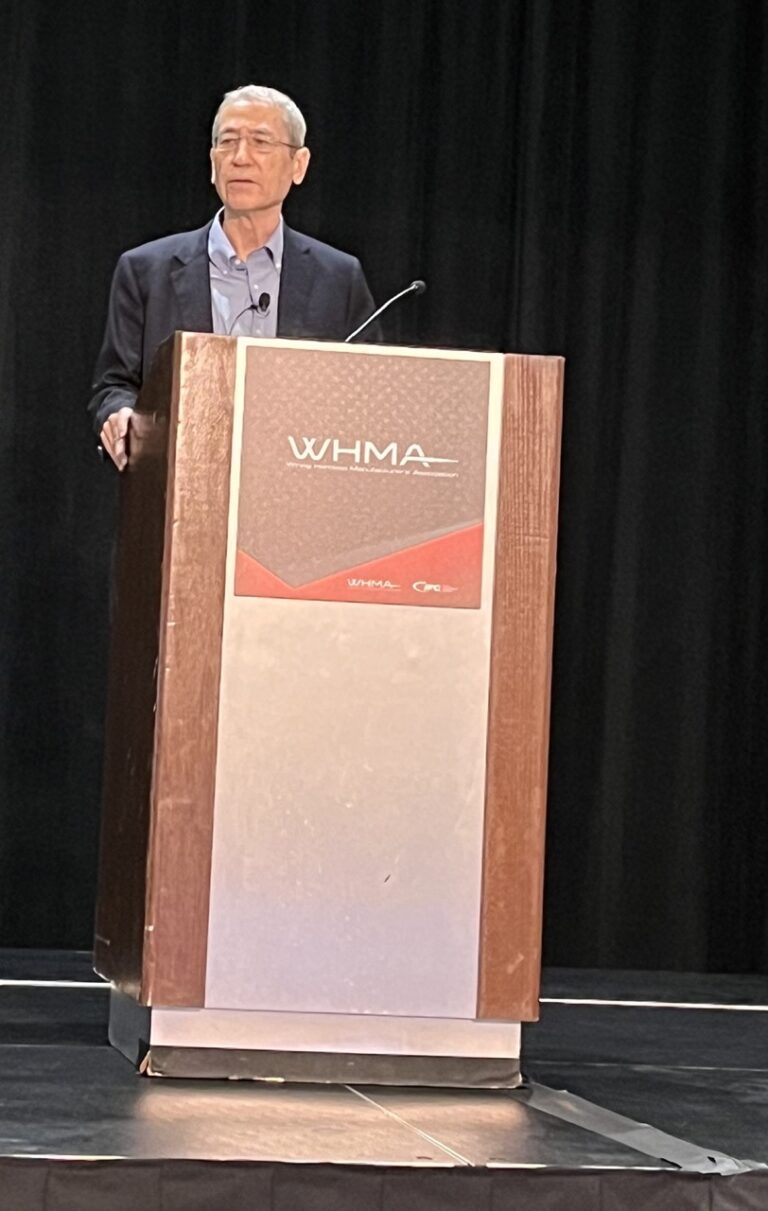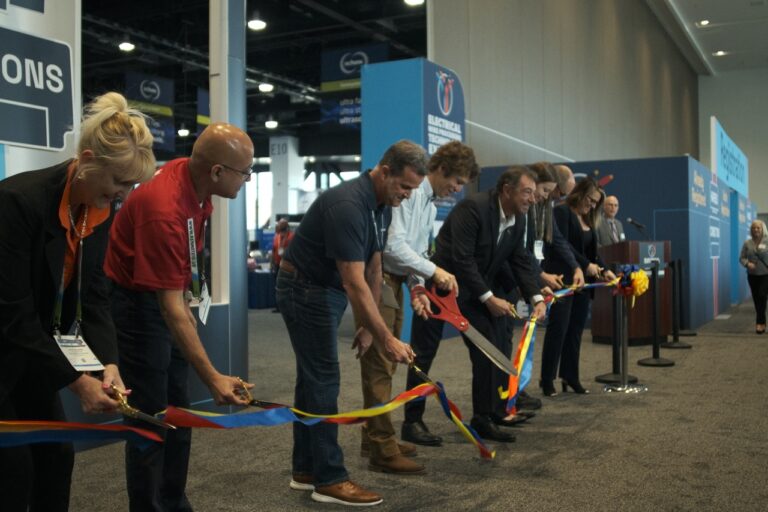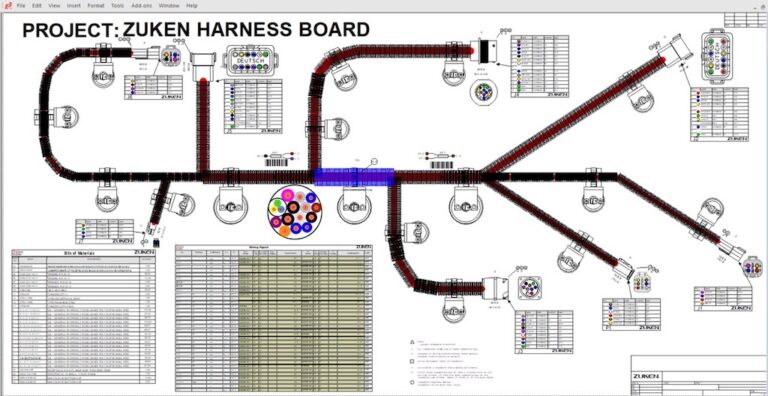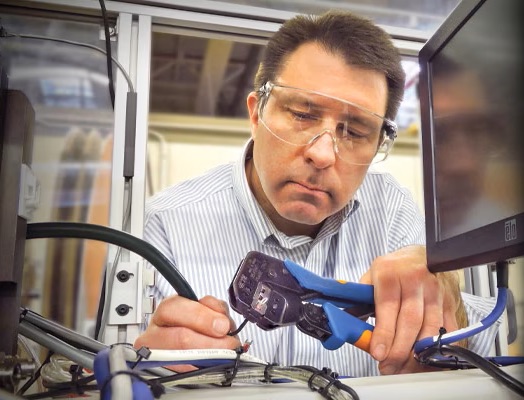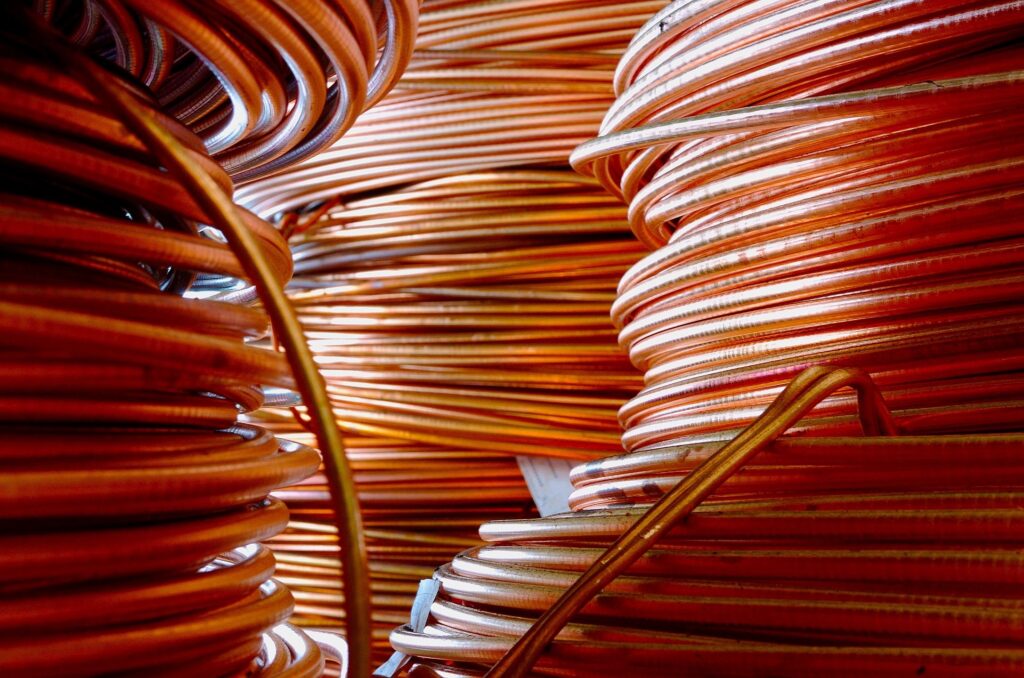The Unlikely
Development,
and Purposeful
Use of Teflon
The story of Teflon® began April 6, 1938, at DuPont’s Jackson Laboratory in New Jersey. DuPont chemist, Dr. Roy J. Plunkett, was working with gases related to Freon® refrigerants, another DuPont product. Upon checking a frozen, compressed sample of tetrafluoroethylene, he and his associates discovered that the sample had polymerized spontaneously into a white, waxy solid to form polytetrafluoroethylene (PTFE). PTFE is a high-molecular-weight compound consisting of carbon and fluorine. Perfluorocarbons or PFCs, are organofluorine that contain only carbon and fluorine bonded together in strong carbon–fluorine bonds. The carbon–fluorine bond is referred to as the strongest in organic chemistry because of stability added by its partial ionic character; it forms the strongest single bond to carbon. The ionic character is a result of the electronegativity of fluorine. It induces partial charges on the carbon and fluorine atoms, leading to electrostatic attraction, making the bond short and strong. PTFE is a thermoplastic polymer, which, at room temperature, is a white solid with a density of about 2.2 g/cm³ and melting point of 327°C. Its mechanical properties will degrade above 260°C. Polytetrafluoroethylene (PTFE) is a synthetic fluoropolymer of tetrafluoroethylene that is widely used in wire and cable and tubing products today. PTFE is inert to virtually all chemicals, and it is the most thermally-stable of all carbonaceous insulating compounds. It is considered the third most slippery material in existence. Because of PTFE’s chemical inertness, it cannot be cross-linked like an elastomer. It has sunlight and moisture resistance. Because PTFE’s electrical properties are stable across a broad range of frequencies and its -90ºC to 250ºC temperature range, PTFE has been a standard in the aerospace/defense industry for many years. Popular specifications include MIL-DTL-16878, MIL-W-22759, MIL-DTL-17 and MIL-DTL-27500. It is also used in numerous commercial applications. PTFE is an excellent dielectric for coax cables due to a low dissipation factor and low dielectric constant at low and high frequencies.
PTFE Extrusion of Wire and Cable and Tubing
1. The free-flowing white powder is extruded using liquid organic extrusions aids like naphtha which wet the resin and turn it into a paste-like mixture. It is then chilled until it reaches the correct viscosity for extrusion.
2. This paste-like mixture is preformed under light pressure into a tube and extruded by means of a ram extruder.
3. At this point the PTFE insulation looks like string cheese
4. The processes is complete by running the insulation and jackets through a sintering tower to the crystallization point at 700°F to 750°F Note: Due to the high processing temperature, PTFE must be extruded over silver-plated or nickel-plated wire.
Physical and Electrical
Properties
•PTFE has reliable service at high and low temperatures, with outstanding high frequency electrical properties; the maximum operating temperature for PTFE-insulated wire is typically 200°C for silver and 260°C for nickel
• It has resistance to solvents, hydraulic fluids and corrosive chemicals
• The dielectric constant is low and stable with changing frequency and temperature
• The low dissipation factor remains unchanged within a broad range of frequencies
• There are low-smoke, low flame-spread characteristics and excellent flexibility with small bend radii
• PTFE has excellent resistance to damage during soldering
• It has a low coefficient of friction
Disadvantages of PTFE Wire
and Cable and Tubing
• It is eight to 10 times the cost of PVC
• Lengths can be short due to the ram extrusion process, typically up to five lengths per reel
• It must be etched in order to terminate in an epoxy connector
• Etched wire has a relativity short shelf life
• Etched wire colors are muted
• It has cold-flow properties also known as “creep”
Reference https://www.chemours. com/Teflon/en_US/assets/downloads/pdf/teflon-introduction-fluropolymers.pdf




























